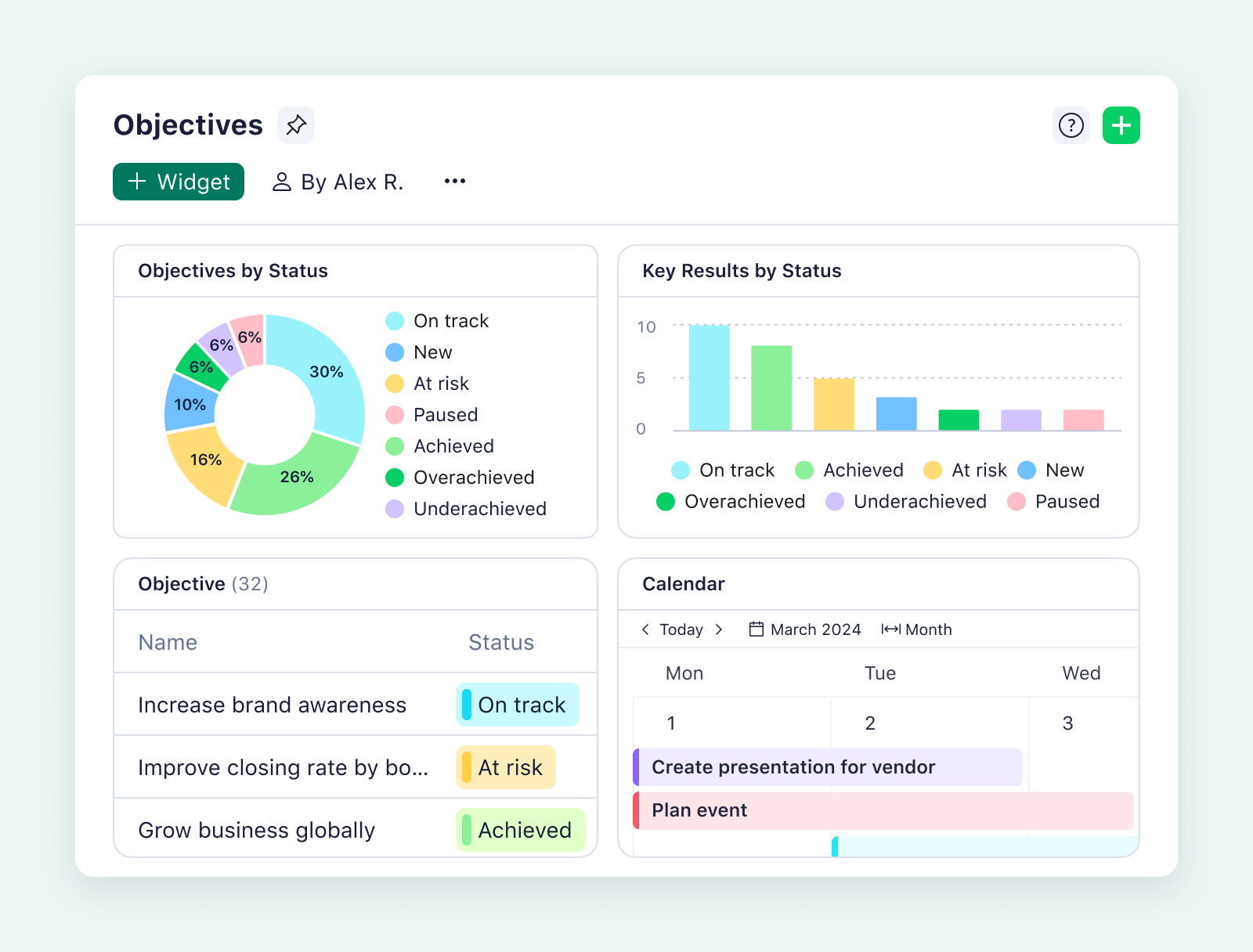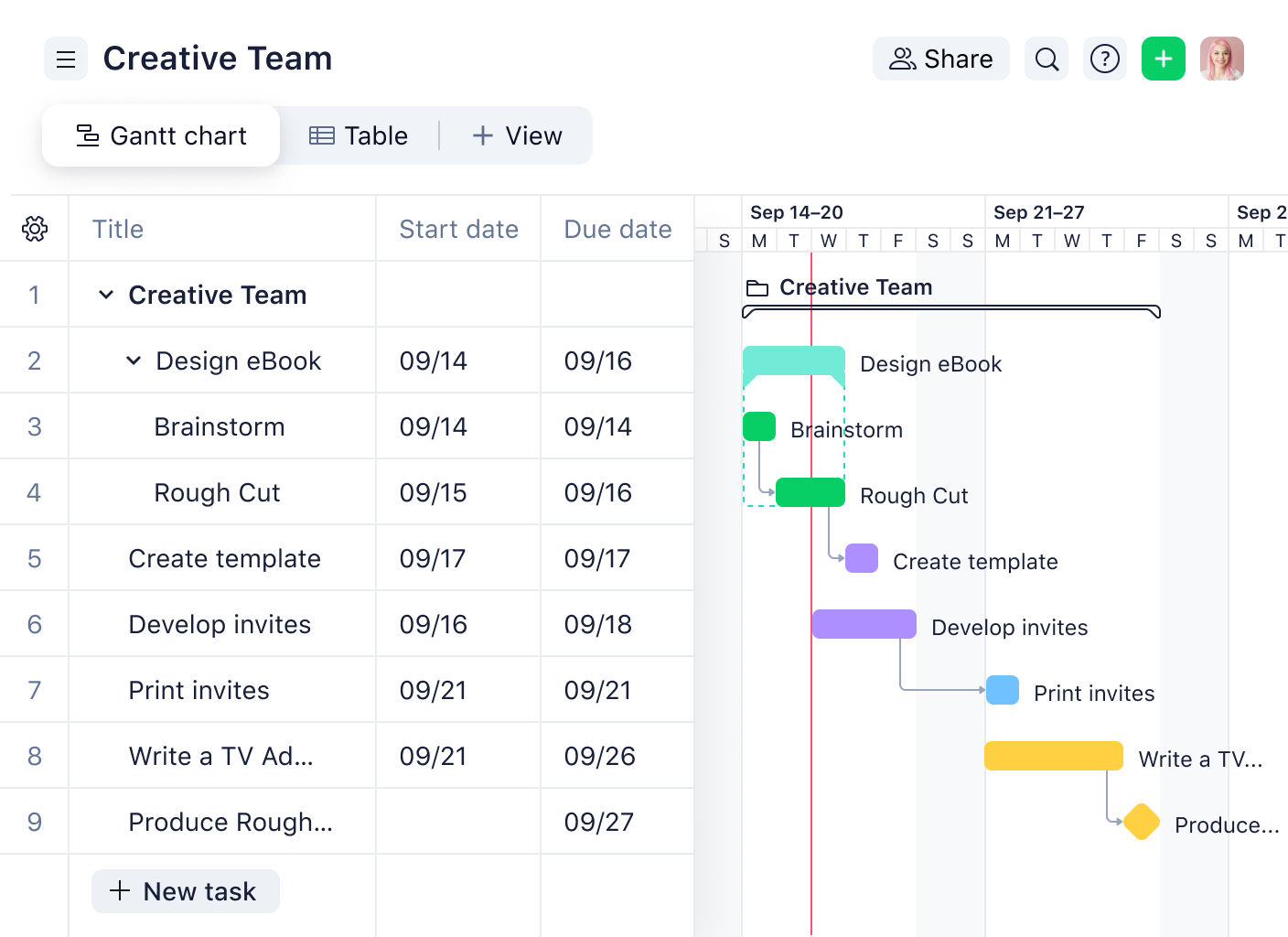A few years ago, we were asked briefly to incorporate Windows applications into our workflow that had primarily involved only the Google suite. I will admit, I didn’t take this instruction particularly well. At the time, I felt like an old dog struggling with a new trick. But reading Fabio Bartolini’s account of bringing Wrike into the operations at GroupM (now WPP Media) gave me a realization: I needed to be shown the value of those tools, not just told to use them.
Those uncomfortable change management experiences really stick with you! Luckily, for Fabio’s team at WPP Media, he had learned from a previous change management journey and was able to bring his experience through to this adoption of Wrike.
Our Championing Change series, where we speak with customers to learn how they implemented Wrike at their organizations, is designed to share tips, tricks, and advice that can help others get their teams working smoothly in Wrike. In this latest post in the series, we’re going to learn from Fabio how he succeeded in bringing Wrike to new teams — and delivered increased visibility and alignment in the process.
Using Wrike to implement Wrike
Fabio didn’t just skirt around the edges of Wrike when WPP Media was bringing it in as a work management platform — he dove in head first. “I used Wrike to create a structured change management plan,” he explained. He jumped right in and started by setting up a dedicated project with clear phases, including planning, training, implementation, and feedback. Fabio recalled, “Each phase had assigned tasks, deadlines, and responsible stakeholders.”
The teams were able to swap email-based processes with Wrike communications. “Thanks to tasks, folders, subtasks, and sections, we are able to manage a lot of different threads without any problems and with a lot of automation,” he said. “We don’t face any more issues like misunderstandings, lost documents, and problems understanding who was in charge of certain tasks.” Because of careful change management, teams at WPP Media were able to overcome initial hesitance and bring all processes — including approvals, budget allocation, communications, and campaign settings — into Wrike.
Showing users the value of Wrike
“In my experience, the best way to get people to adopt Wrike is to show them how it makes their work easier rather than just telling them they have to use it,” Fabio explained. To that end, he helped the teams integrate Wrike into daily workflows using short how-to videos that would help team members quickly understand basic Wrike functionality. “When we first introduced Wrike, I focused on quick wins — simple automations, templates, and dashboards that immediately saved time.” This strategy helped users quickly adopt Wrike without disrupting ongoing work.
Initially, some team members wanted to rely on existing systems, or were nervous that Wrike would involve more work. “Others felt comfortable with their old way of doing things (email, spreadsheets, or even just verbal updates), so switching to Wrike seemed unnecessary to them,” recalled Fabio. “But once users started seeing results, like fewer meetings, less confusion, and better tracking, they became much more willing to use Wrike for other instances.”

When they saw how Wrike kept everything organized, reduced back-and-forth emails, and made deadlines clearer, they started relying on it more.
Fabio Bartolini, Digital Planner
Custom views made all the difference
Fabio said the real shift in adoption came when teams learned they could customize their view of Wrike to their own preferences. “A big factor was tailoring Wrike to different teams. Not everyone needs the same level of complexity, so we customized their views — some used Kanban boards, others preferred Gantt charts,” he reflected.

Wrike’s flexibility helped everyone feel like it worked for them instead of forcing them into a rigid process.
Fabio Bartolini, Digital Planner

Setting up custom views opened the door to WPP Media’s teams really embracing what Wrike could do for their organization. One of their biggest time-savers has been Wrike’s automations. “Wrike’s workflows and request forms have reduced a lot of manual work,” Fabio explained. “Instead of constantly following up, we get automatic status updates, and approvals move faster.”
Reading through long email threads or sitting through status update meetings wasn’t an effective process and left WPP Media with miscommunication problems and missed deadlines. With Wrike, Fabio’s teams have everything in one place, organized by tasks, deadlines, and clear project progress. “There’s no confusion about who’s responsible for what, and Wrike has helped us cut down on wasted effort in a big way.”
If eliminating wasted effort and reducing missed deadlines sounds like what your teams need, come give Wrike a test run! Start your free two-week trial today and discover the value Wrike can deliver.



